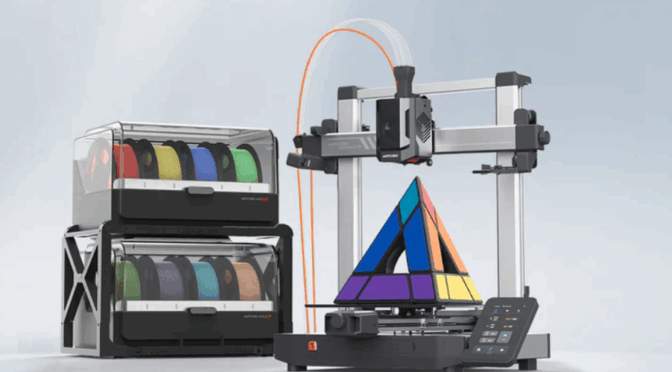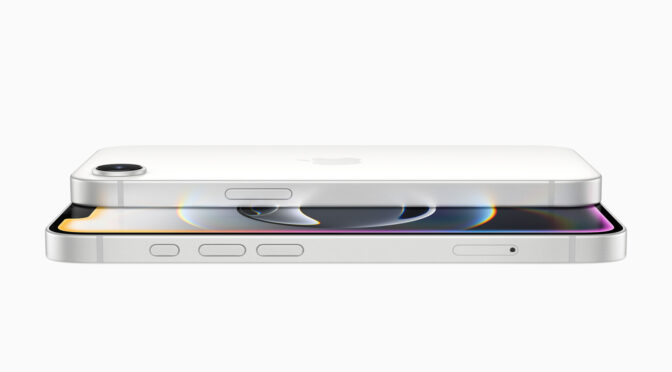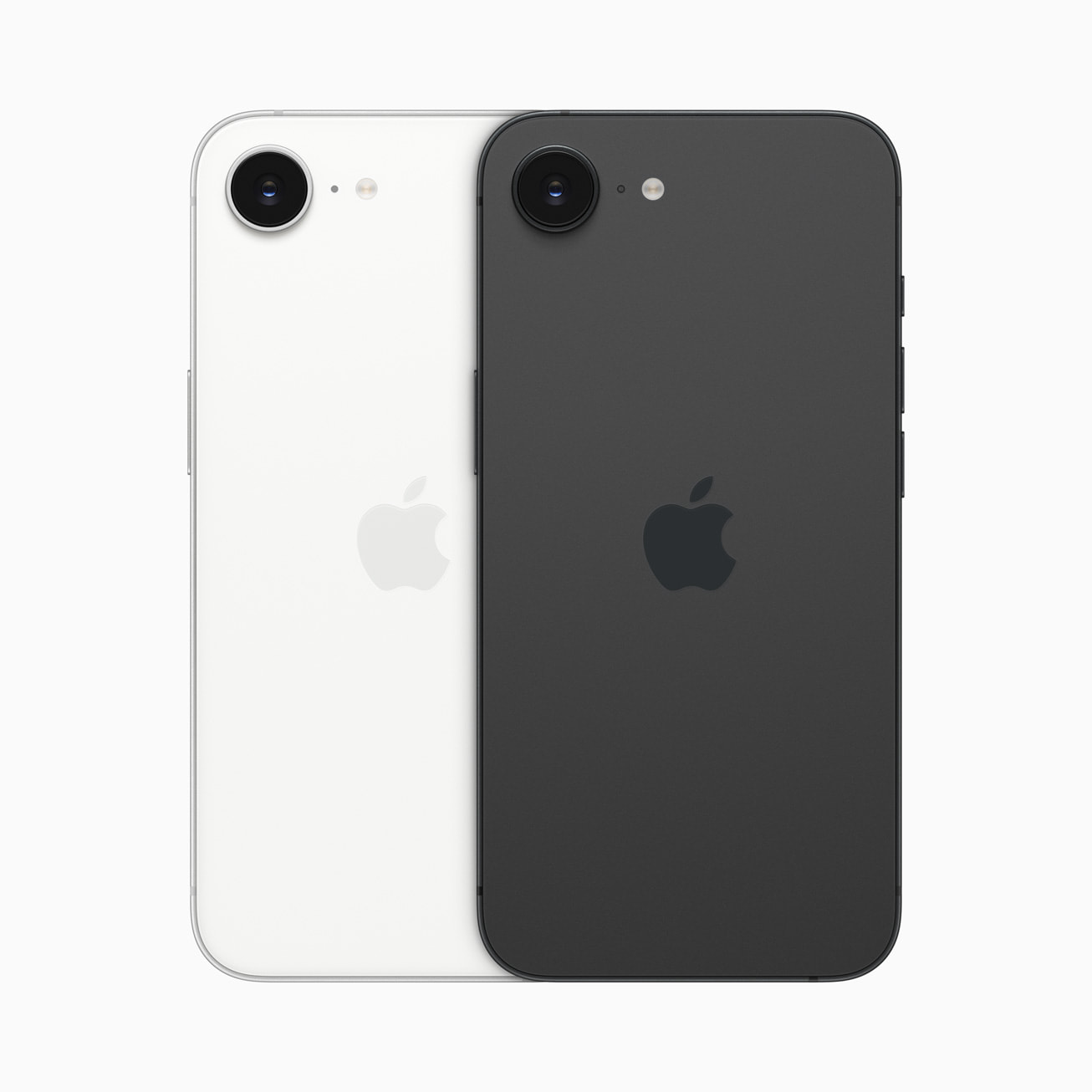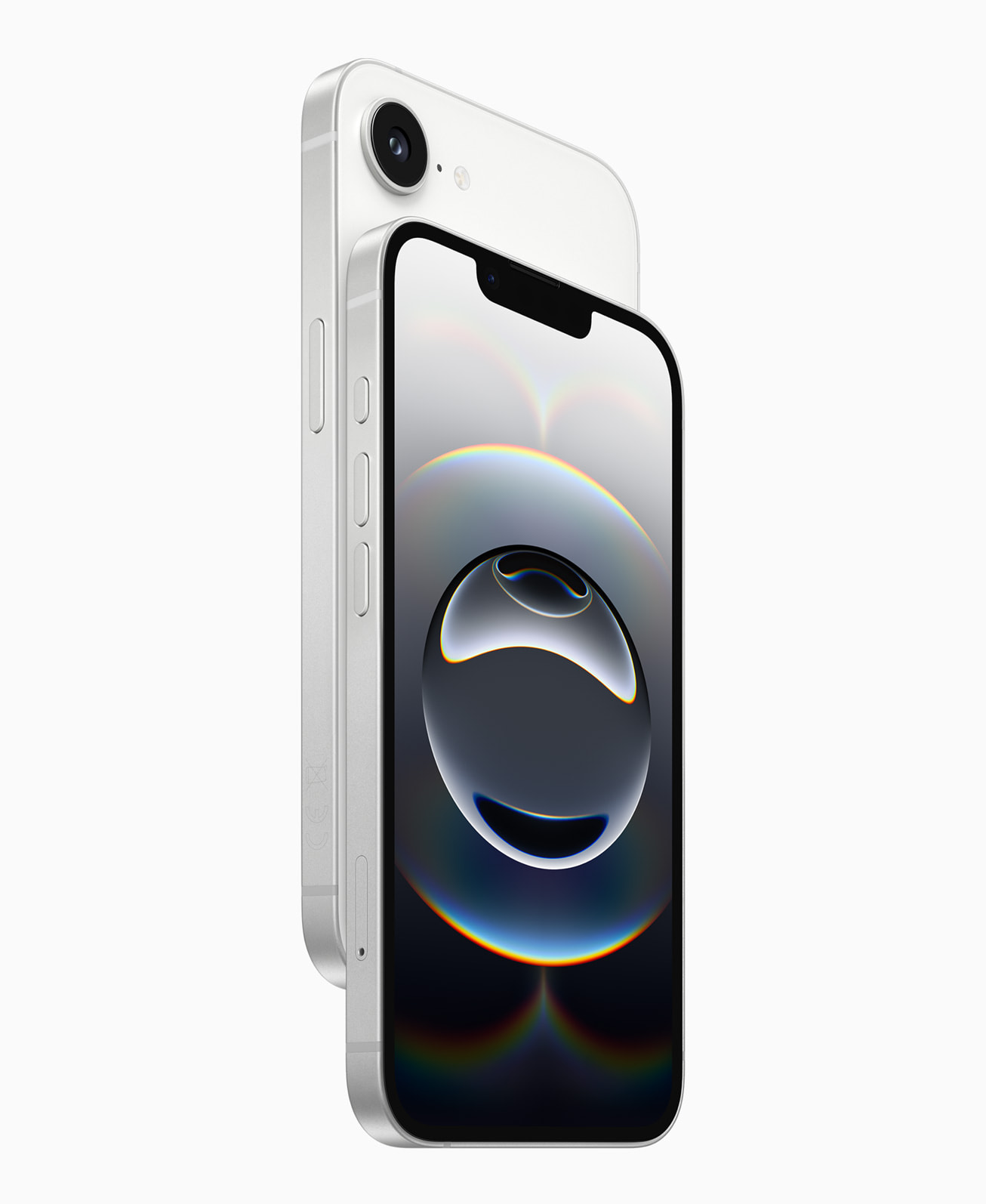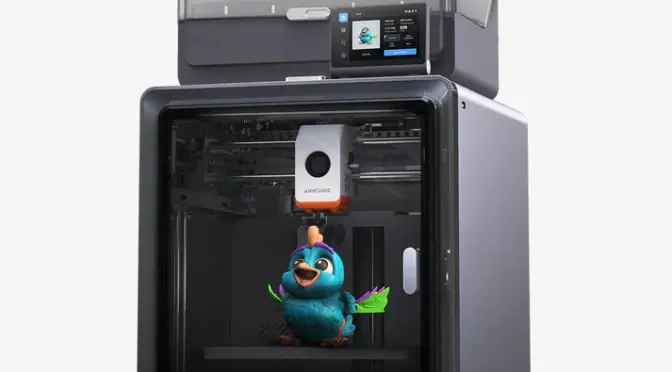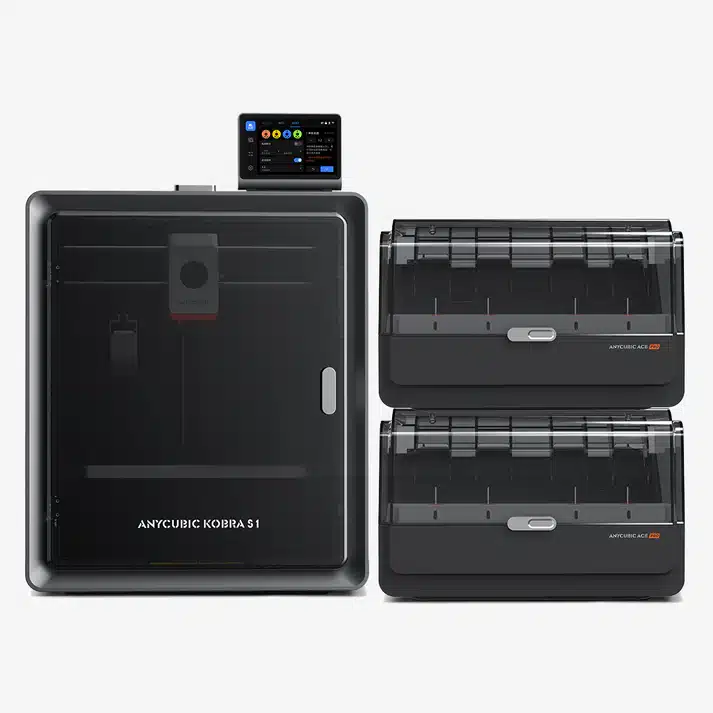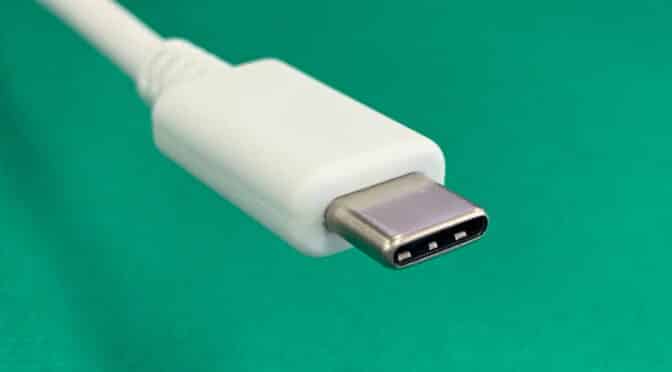I’m always excited to bring you news of cutting-edge tech that blends innovation with affordability – and today is no exception. If you’re into 3D printing or thinking about diving into the world of filament fabrication, this announcement is for you!
Say hello to the Anycubic Kobra 3 V2 Combo – a machine that promises to be Vibrant, Versatile, and Visionary. Developed with creators in mind, this latest printer from Anycubic is loaded with features that make it perfect for hobbyists and professionals alike.

Super Early Bird Price – Just £359!
From 15th to 18th May, you can grab the Kobra 3 V2 Combo at a stunning £110 off the retail price – just £359 instead of £469! But you’ll have to be quick: this Super Early Bird offer is available for a limited time only.
Here’s the full pricing rollout:
-
£359 – Super Early Bird (15–18 May)
-
£379 – Early Bird (19–29 May)
-
£399 – Pre-sale (30 May–15 June)
-
£419 – Regular Price (from 16 July)
Click here to secure yours now!
Unlock £100+ Worth of Perks!
Early adopters aren’t just saving money – they’re unlocking exclusive perks worth over £100, including:
-
50% OFF all filament packs (PLA Special, PLA Metal, High Speed, and even random bundles)
-
£10–£30 Gift Cards (500 winners up for grabs!)
-
FREE 8-Colour Hub – When purchasing the 8-colour kit version (exclusive to the Kobra 3 V2 Combo)
-
Mystery Box – Who doesn’t love a surprise?
-
Free Access to Premium Quality Models to kickstart your print library
This makes it one of the best value 3D printer launches we’ve seen all year.
Colourful, Creative and Capable
The Kobra 3 V2 Combo is designed for multicolour printing straight out of the box. With its smart automatic material station and easy-to-use touchscreen interface, it’s a dream machine whether you’re printing functional parts or jaw-dropping figurines.
Combine that with high-speed capabilities and robust build quality, and you’ve got a machine that’s ready to keep up with your creative demands.
Final Thoughts
Whether you’re upgrading your current printer or taking your first step into the world of multicolour 3D printing, the Kobra 3 V2 Combo is a no-brainer – especially at the early bird price.
Click here to order yours through my affiliate link and help support The Gadget Man while snagging one of the hottest 3D printers of the year.
Stay creative, stay curious – and I’ll see you in the next print run!

